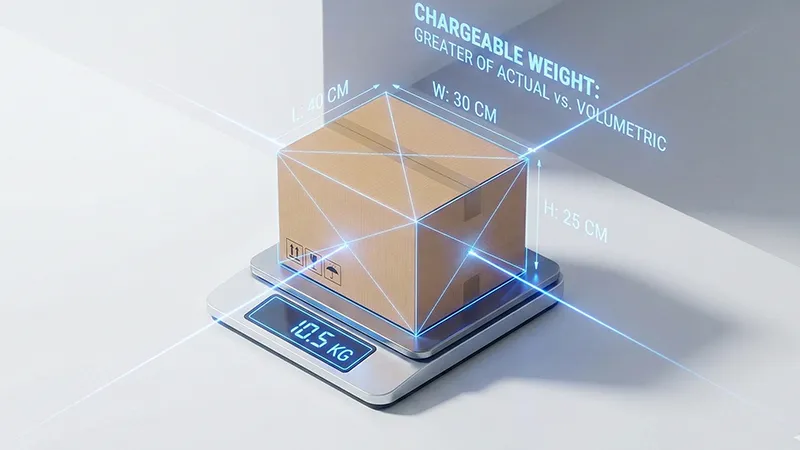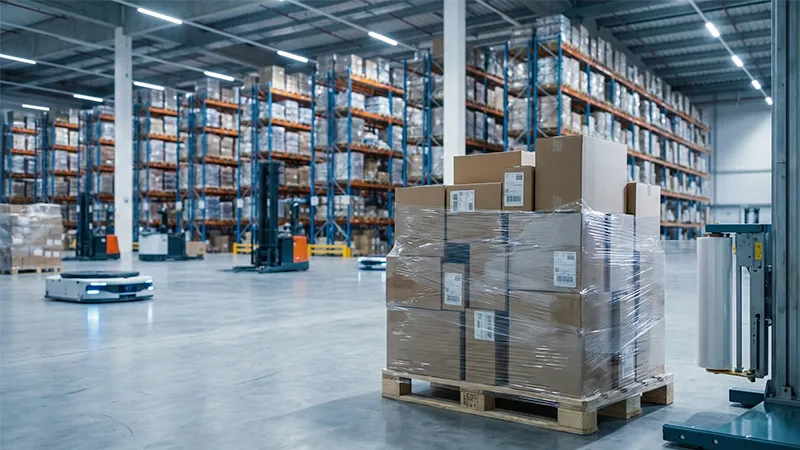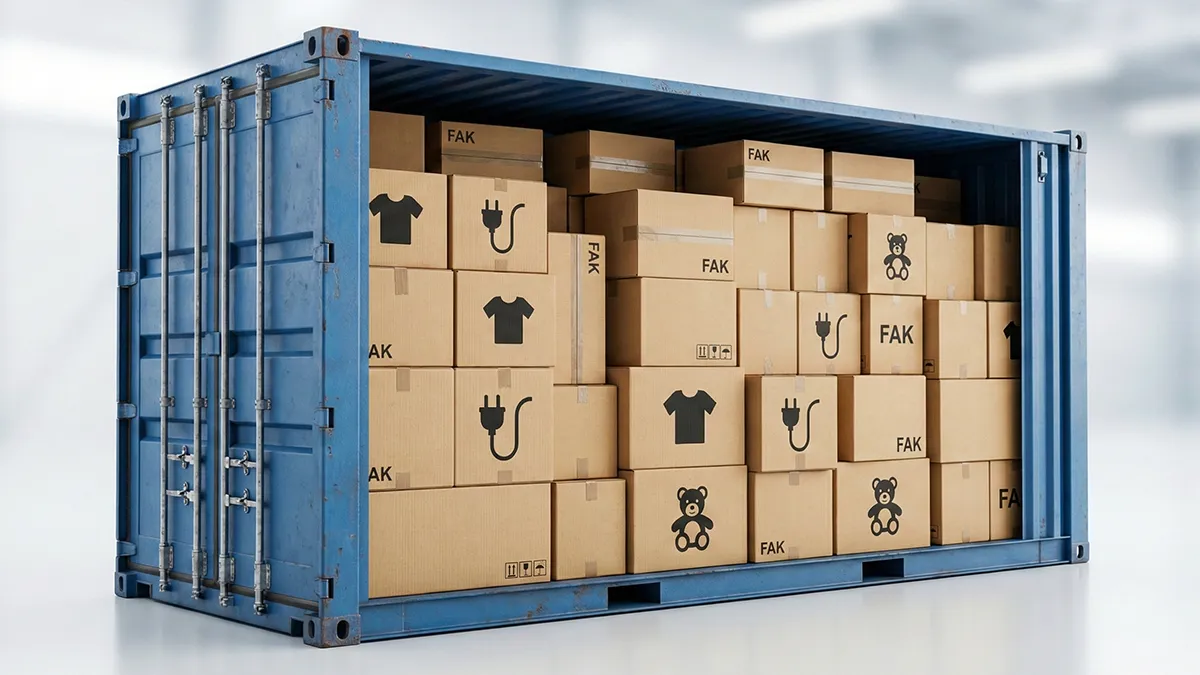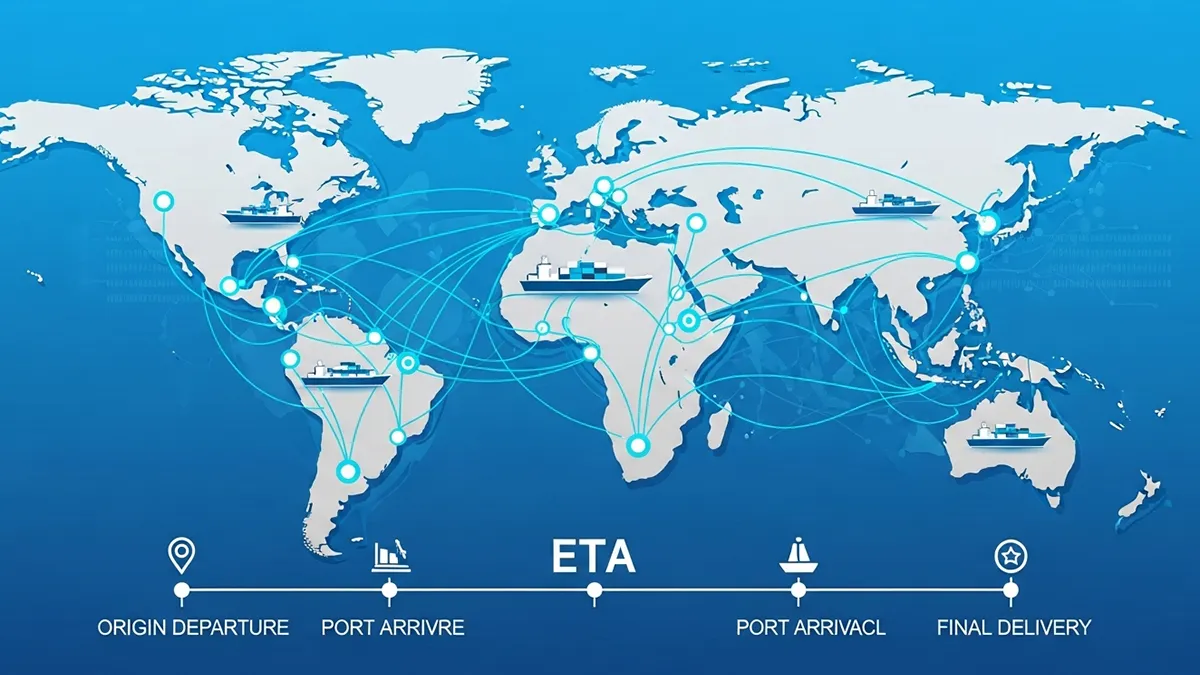What Is FAK (Freight All Kinds) in Shipping? The Ultimate 2025 Guide for LCL Importers
In ocean shipping, FAK (Freight All Kinds) is a flat-rate pricing model where carriers charge a unified rate for mixed "General Cargo" rather than applying specific tariffs to each commodity. For LCL (Less than Container Load) importers, FAK is the industry standard for billing mixed shipments—such as electronics combined with textiles—based on a simplified Volume (CBM) or Weight (W/M) basis. It eliminates the need to calculate complex surcharges for every individual HS Code on a packing list.
I. Introduction: Stop Paying "Commodity Rates" for General Cargo
Let’s cut straight to the chase. If you are an Amazon FBA seller or a B2B importer shipping from China, your container is likely a "mixed bag." You might have 50 cartons of silicone spatulas, 20 cartons of polyester bedding, and 30 cartons of phone cases.
In the old days (or if you use a bad freight forwarder), the carrier would rate these items separately.
-
Textiles? Higher tariff.
-
Plastics? Standard rate.
-
Electronics? Value surcharge.
This is a billing nightmare that kills your margins.
At Zbao Logistics, we don't play that game. We use FAK (Freight All Kinds). It means we negotiate one flat rate for the entire container or CBM, regardless of the mix inside (as long as it’s not dangerous goods).
However, FAK isn't just about "cheaper rates." It’s full of hidden density traps (1:167 vs 1:363) and compliance pitfalls that most importers ignore until they get a surprise invoice. This guide explains how FAK actually works in 2025 ocean freight.
II. The Real Definition: Ocean FAK vs. The "Textbook" Definition
Forget what Wikipedia says about US trucking classes. When we talk about Ocean FAK from China to the US/Europe, we mean one thing: NVOCC Consolidated Rates.
1. It’s a "General Cargo" Pass
FAK is essentially a "General Cargo" ticket. It tells the steamship line (like COSCO, CMA CGM, or MSC): "This container is filled with standard, non-hazardous retail goods. Charge me the flat market rate."
For you, this means simplicity. You don't need to worry if your new product line has a slightly different material composition. If it fits in a box and isn't flammable, it ships at the FAK rate.
2. It Is NOT a Compliance Loophole
This is where amateurs get burned. FAK is a pricing agreement, not a customs declaration.
-
The Price: Unified (FAK).
-
The Customs: Specific.
Even if your freight bill says "FAK - General Cargo," your ISF Filing and Entry Summary filed with U.S. Customs and Border Protection (CBP) must list every single specific HS Code. If you try to declare "General Merchandise" to Customs because your freight rate says FAK, your cargo will be flagged for an exam.
III. The "Hidden Weight" Trap: Why Your Bill Is Higher Than Your Quote

This is the #1 complaint we hear from new clients who switch to us from other forwarders: "My quote was $100/CBM, but you charged me for 5 CBM when I only have 2 CBM of goods!"
Welcome to the world of Chargeable Weight. FAK rates are cheap, but the density calculation changes drastically depending on your delivery method.
1. The "DDP" Density Trap (1:167) – Most FBA Sellers Fall Here
If you use Amazon FBA DDP Shipping (Matson + UPS/FedEx Delivery), you are paying for speed.
-
The Reality: UPS and FedEx charge based on Air Density (1:167), even if the goods crossed the ocean on a boat.
-
The Math: 1 CBM = 167 KG.
-
The Hit: If you ship 1 CBM of dense rubber mats weighing 300 KG:
-
Actual Volume: 1 CBM.
-
Chargeable Volume: 300 / 167 = 1.8 CBM.
-
Result: You pay nearly double the FAK rate.
-
2. The "Truck" Density Standard (1:363)
If you ship LCL via Truck (sending pallets to a warehouse via LTL carriers like Estes):
-
The Reality: Trucks have axles, and axles have weight limits.
-
The Math: 1 CBM ≈ 363 KG (or 800 lbs).
-
The Hit: That same 300 KG pallet of rubber mats?
-
300 / 363 = 0.82.
-
Result: You pay for the actual 1 CBM volume. (Cheaper than DDP).
-
3. The "Pure Ocean" Standard (1:1000)
If you ship Port-to-Port (you pick it up at the port):
-
The Reality: Ships are buoyant. Weight doesn't matter until it's very heavy.
-
The Math: 1 CBM = 1000 KG.
-
Result: Unless you are shipping steel bars or stone, you always pay for pure volume.
Zbao Insider Tip: If your cargo is heavy (density > 167kg/CBM), do not use UPS/FedEx delivery. Switch to Truck delivery (LTL) to save 30-40% on your FAK bill.
IV. The "Zero Freight" Scam: Don't Be a Victim

In the LCL FAK market, if a price looks too good, it's a trap.
We often see competitors quoting $0 Ocean Freight or even negative freight (paying you to ship) from China ports.
How the Scam Works:
-
Origin: They offer you an FAK rate of $0/CBM FOB Shenzhen. You think you got a steal.
-
Destination: When the ship lands in Los Angeles or Hamburg, their destination agent holds your Cargo Release Order (D/O) hostage.
-
The Ransom: They issue an invoice for "CISF" (China Import Service Fee), "Emergency Bunker Surcharge," or "DDC" at 3x to 5x the normal rate. You have no choice but to pay to get your goods.
At Zbao Logistics, we refuse to engage in this practice. Our FAK quotes are All-In. We show you the landing cost before the ship leaves China.
V. FAK vs. Commodity Rates: The Decision Matrix
When should you force a "Specific Commodity Rate" instead of taking the standard FAK?
| Scenario | Use FAK (General Rate) | Use Commodity Rate |
| Cargo Type | Mixed SKUs (Toys + Bedding + Cases). | Homogenous Bulk (Scrap Metal, Rice, Cotton). |
| Volume | 1 CBM to 15 CBM (LCL). | Full Containers (FCL). |
| Cost Driver | Convenience & Stability. | Raw Price Per Ton. |
| FBA Suitability | Perfect. No surcharges for mix. | Poor. Too rigid for retail goods. |
The Verdict for FBA Sellers: Always stick to FAK. The administrative cost of separating your goods into commodity codes outweighs any tiny saving you might get on a specific item.
VI. When to Ditch LCL FAK and Go FCL
FAK LCL rates are convenient, but they are not scalable.
Because LCL involves extensive handling at the CFS (Container Freight Station), the per-CBM handling fees add up fast.
The 2025 Break-Even Rule of Thumb:
-
< 13 CBM: Stick to LCL FAK. It's cheaper.
-
> 13 CBM: Switch to a 20ft FCL Container.
Even if your cargo (13 CBM) only fills half of a 20ft container (which holds ~28-30 CBM), the flat FCL price is often cheaper than paying the LCL FAK rate x 13, plus 13 times the destination handling fees. Plus, FCL is faster and has lower damage risk.
VII. Exclusions: What You CANNOT Ship FAK
Don't try to sneak these under a "General Cargo" FAK rate. You will get fined, or worse, your cargo will be rejected at the port.
-
Batteries (Even Small Ones): Lithium batteries are DG (Dangerous Goods). They require UN3480/3481 classification. If you declare them as "General FAK," you are violating maritime law.
-
Liquids & Powders: These raise "leakage" red flags. We need MSDS sheets to clear them.
-
Brand Replicas: If you don't have the authorization letter (Letter of Authorization) for that Disney or Nike logo, it's not FAK—it's contraband.
For timing on these special shipments, check our guide on what is estimated time of departure (ETD).
VIII. How to Lower Your FAK Bill (Practical Ops)
Since FAK LCL is usually billed on Volume (CBM), air is your enemy.
-
Vacuum Pack Everything: Shipping pillows or plush toys? Vacuum packing can reduce CBM by 50%. That is a direct 50% discount on shipping.
-
Ditch the Pallets (If Safe): A standard pallet takes up about 0.15 CBM of "dead space" and adds weight. For Master Cartons that are sturdy, Floor Loading maximizes the space you pay for.
-
Consolidate at Zbao: Don't send three separate 2 CBM shipments from three suppliers. Let us combine them in our warehouse into one 6 CBM shipment. You save two sets of destination doc fees and trucking minimums.
IX. FAQ: Real Questions from Sellers
Q: Does FAK cover duty and taxes?
A: No. FAK is just the freight cost. Import duties are calculated based on the commercial invoice value and HS Code. Never confuse freight rates with tax rates.
Q: Can I get a fixed FAK rate for the whole year?
A: In 2025? Highly unlikely. Ocean rates fluctuate every 15 days (GRI). However, Zbao can offer validity periods of 14-30 days, protecting you from sudden weekly spikes.
Q: My goods are very light. Do I pay by weight?
A: No, you pay by volume. In LCL, if your goods are light (like foam or plastic), you pay for the space you take up in the container, not the weight.
Q: Why is DDP FAK so much higher than CIF FAK?
A: Because DDP includes everything: Ocean freight + Customs Clearance + Duty + Final Trucking. CIF only gets the goods to the port. The DDP FAK rate looks higher, but it saves you from 10 other separate invoices.
Conclusion: Your Partner in Smart Logistics
FAK is the engine that powers the modern LCL consolidation market. It allows Amazon sellers to move mixed inventory without a team of tariff experts.
But as you've seen, "Flat Rate" doesn't mean "Simple Math." You need to watch your density ratios (1:167 vs 1:363) and avoid the "Zero Freight" traps.
At Zbao Logistics, we act as your supply chain firewall. We audit your cargo density, consolidate your orders, and negotiate valid Tier 1 FAK contracts that won't get rejected at the port.


